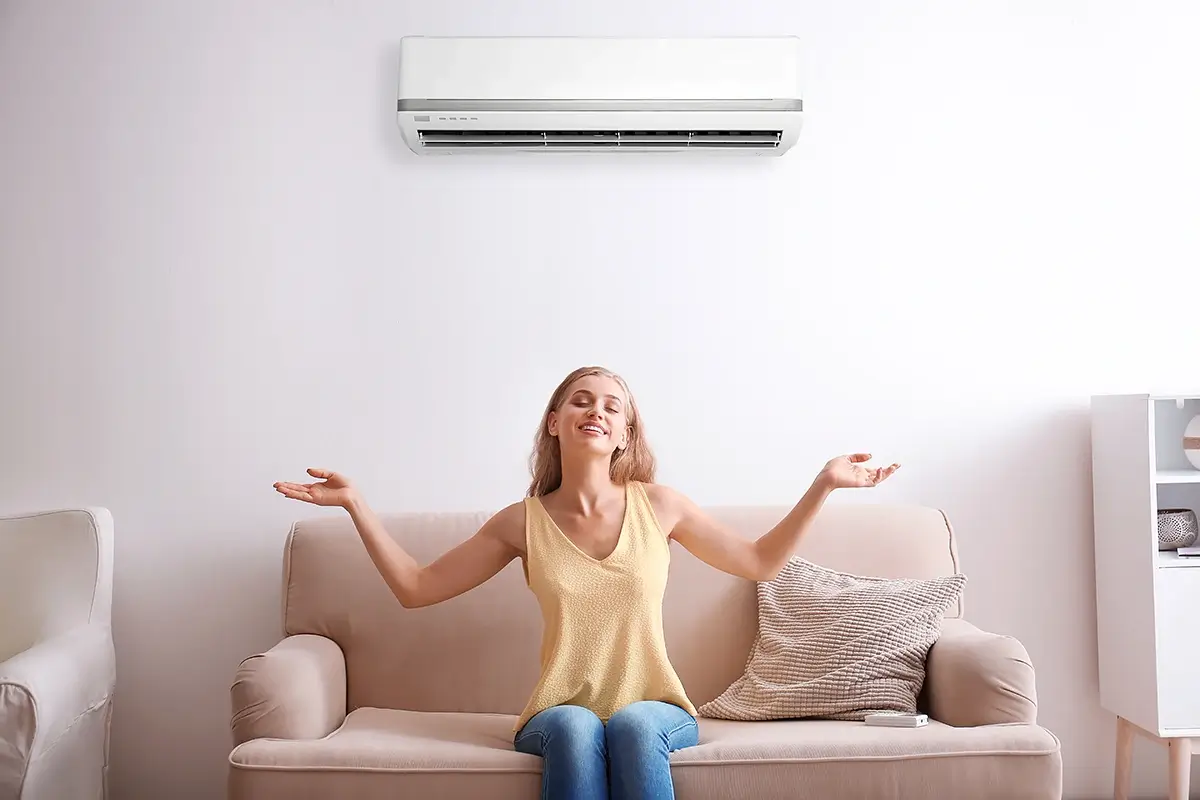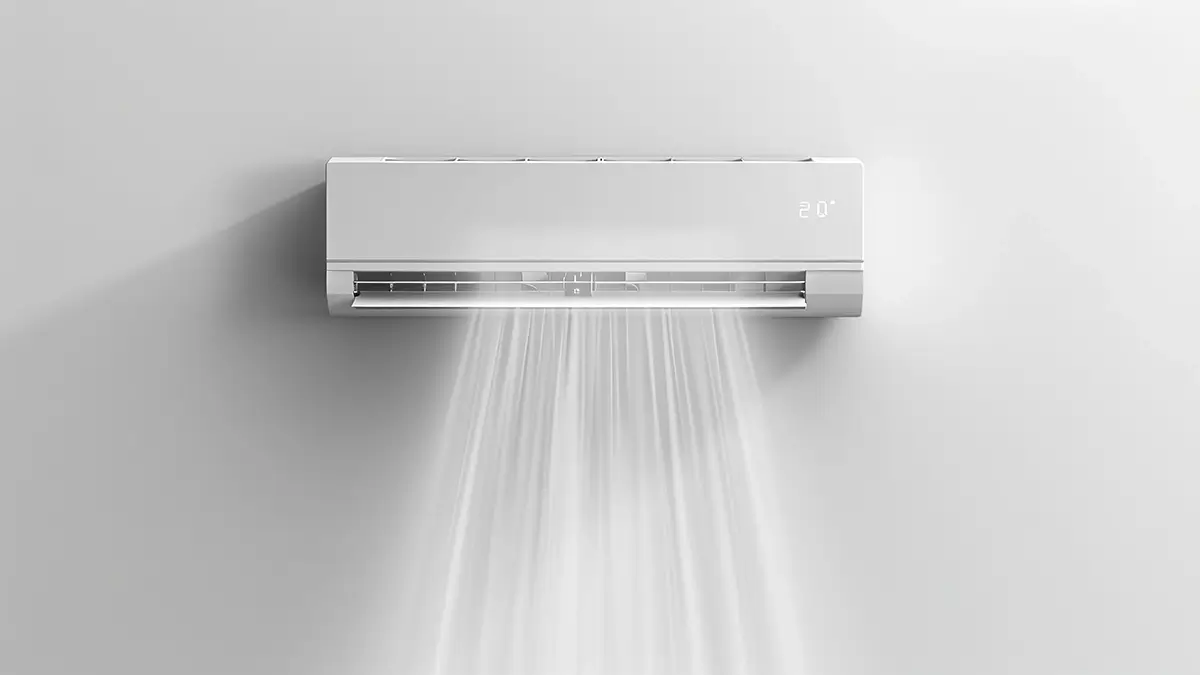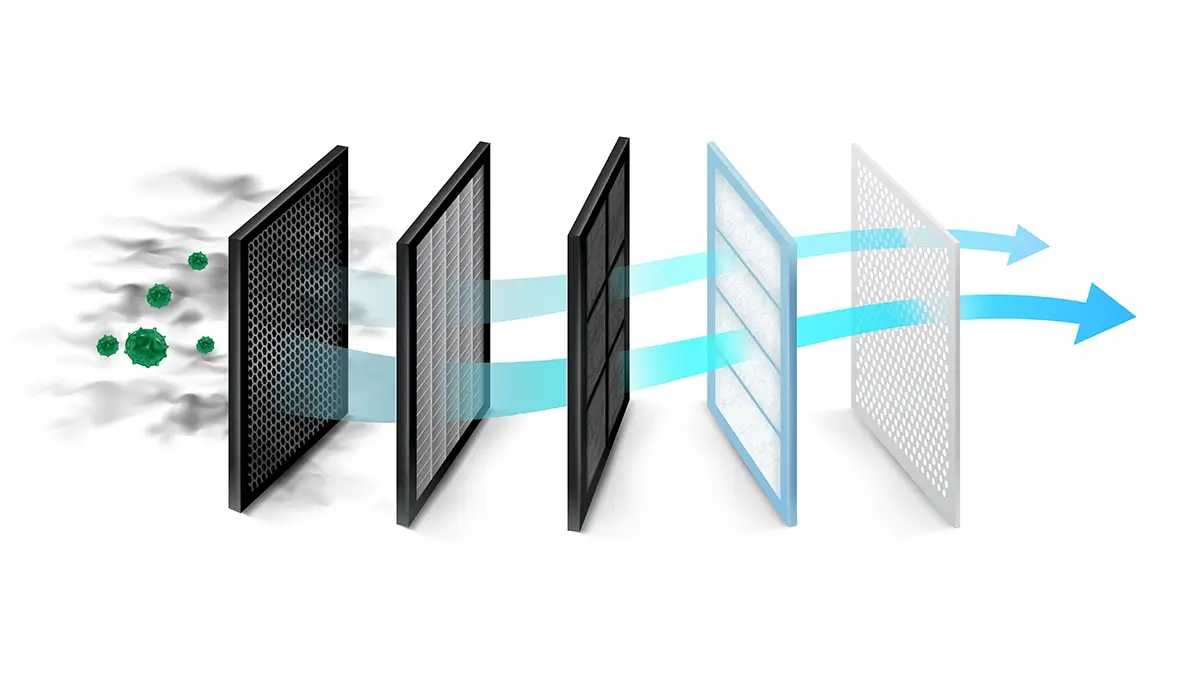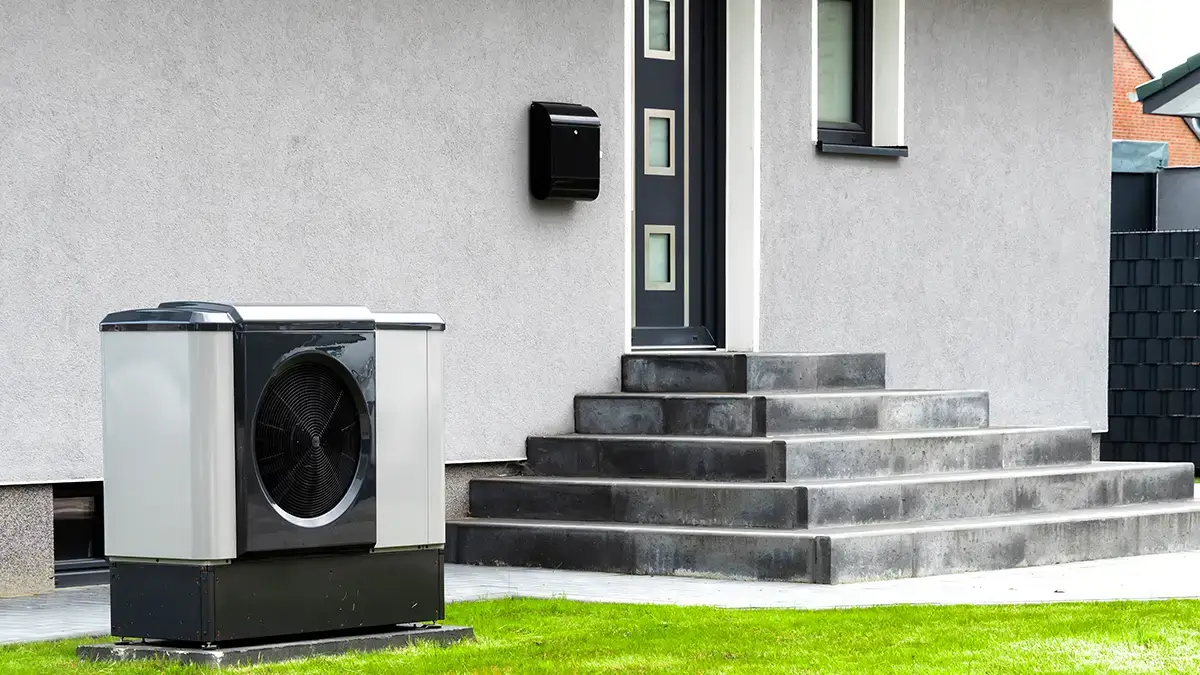
 Guide
Guide  How to keep the air in your home clean?
How to keep the air in your home clean? 
 Back
BackHealth, fitness, productivity, work and play – fresh, clean air in your home affects almost every aspect of your daily life. That is why it is so important not to forget about this invisible companion when cleaning, without which life is literally impossible.
Many factors can affect air quality. It is worth knowing what they are so that you can deal with them appropriately. Modern technologies are not the only source of support. So what can you use to ensure healthy air in your home? Let's consider this together.
The air inside your home only appears to be clean and fresh. Only after testing it can we find out what dangers lurk there, threatening our health and, at best, our well-being. It turns out that it contains not only nitrogen, oxygen, carbon dioxide and other chemical elements, but also a whole range of harmful microorganisms. Let's find out which ones are the most dangerous.
Firstly: allergens. People with allergies know best how persistent allergy symptoms can be. Depending on the type of ailment, their lives can be really difficult – they cannot have pets, spring is mainly associated with pollen season, and a visit to a dusty library does not fill them with excitement about the upcoming reading, but rather sneezing fits. These are just the most common factors that cause unpleasant symptoms – it is worth adding mites, microscopic organisms that live in carpets, pillows, blankets and upholstery. In poorly ventilated interiors, fungi and mould are the main culprits – they can cause allergic reactions, but also trigger problems in people with asthma or lung disease, and even in completely healthy individuals.
The second problem that keeps homeowners awake at night is smog. It is a mixture of many harmful substances that come from industry, transport, fossil fuel combustion and many other sources. It includes, among others, sulphur dioxide, nitrogen dioxide, nitrogen oxides, benzene and PM10 and PM2.5 particulate matter. The latter are particularly dangerous to health – in almost unchanged form, they can penetrate the bloodstream, and it should be remembered that these substances are highly carcinogenic.
A very interesting problem, however strange it may sound, is positive ions. Research is inconclusive as to the effect of positive air charge on the human body, but there is no doubt that they are carriers of microorganisms, germs and viruses in homes. Not only do they cause irritability, drowsiness and poor concentration in most people, and even exacerbate the symptoms of allergies and lung diseases, but they also allow harmful factors to spread. However, positive ions can be neutralised – this is how air ionisation works.
Knowing the factors that threaten healthy air in your home is the first step to success. The second? Choosing the right methods to neutralise the threat! Most of them do not require much effort – all you need is greater awareness of what you are doing. This is the case with ventilating rooms. It is worth doing when the weather outside is favourable – but beautiful weather is not enough. Especially in large cities, where smog levels are generally high, it is necessary to constantly monitor air quality. This is possible because sensors are installed almost everywhere to provide information on pollution levels. When the level drops to a minimum, airing your home will bring the most benefits. However, when pollution levels are high, opening windows can be risky, so it is better to rely on other ways to keep the air in your home clean.
A natural and visually appealing method is... houseplants! Keeping a small conservatory at home can work wonders. Plants capture carbon dioxide, which they use for photosynthesis. In this way, they produce food for themselves and oxygen for humans to breathe. They also purify the air through absorption. They are able to absorb substances that make up smog and convert them into harmless chemical compounds or use them to build their own tissues. Such plants include dracaena, sansevieria, zamioculcas, spider plants and philodendrons. Ferns also have a very interesting ability – they not only humidify the air, but also reduce tension and stress by emitting negative ions. So are florists the happiest people in the world? That's a topic for another time.
Of course, technological solutions cannot be overlooked when it comes to ways to ensure clean air at home. Researchers have been trying to find the golden mean for years and have managed to respond to many consumer needs, often creating modern solutions in extremely interesting circumstances. So how else can we deal with these threats?
It has been some time since air conditioning ceased to be a luxury addition to commercial premises and hotels and became a standard feature in private homes. Modern devices no longer serve only to cool the air on hot days. Those equipped with a reverse cycle can now even heat! Air filtration systems have also developed, which, thanks to atomic research, have revolutionised air conditioning for allergy sufferers. Bio HEPA filters, as they are called, were created with radioactive particles in mind – today they purify the air inside homes from smog and harmful particles floating in the air.
Air conditioners are also equipped with air ionisers. Our selected models, such as the latest KAISAI ICE wall-mounted air conditioner, generate negative ions that neutralise positive ions. As a result, all microorganisms, viruses and fungal spores cannot spread in the air and attack people.
Ventilating rooms, plants, air ionisation and air conditioning equipped with filters are four excellent ways to deal with pollution.
However, it is important to remember that there are many other factors that are important for the comfort and health of your household, such as the absence of cigarette smoke in the air and maintaining an optimal temperature in your home. Try making some changes to your home today – see for yourself that comfortable living is easy!





